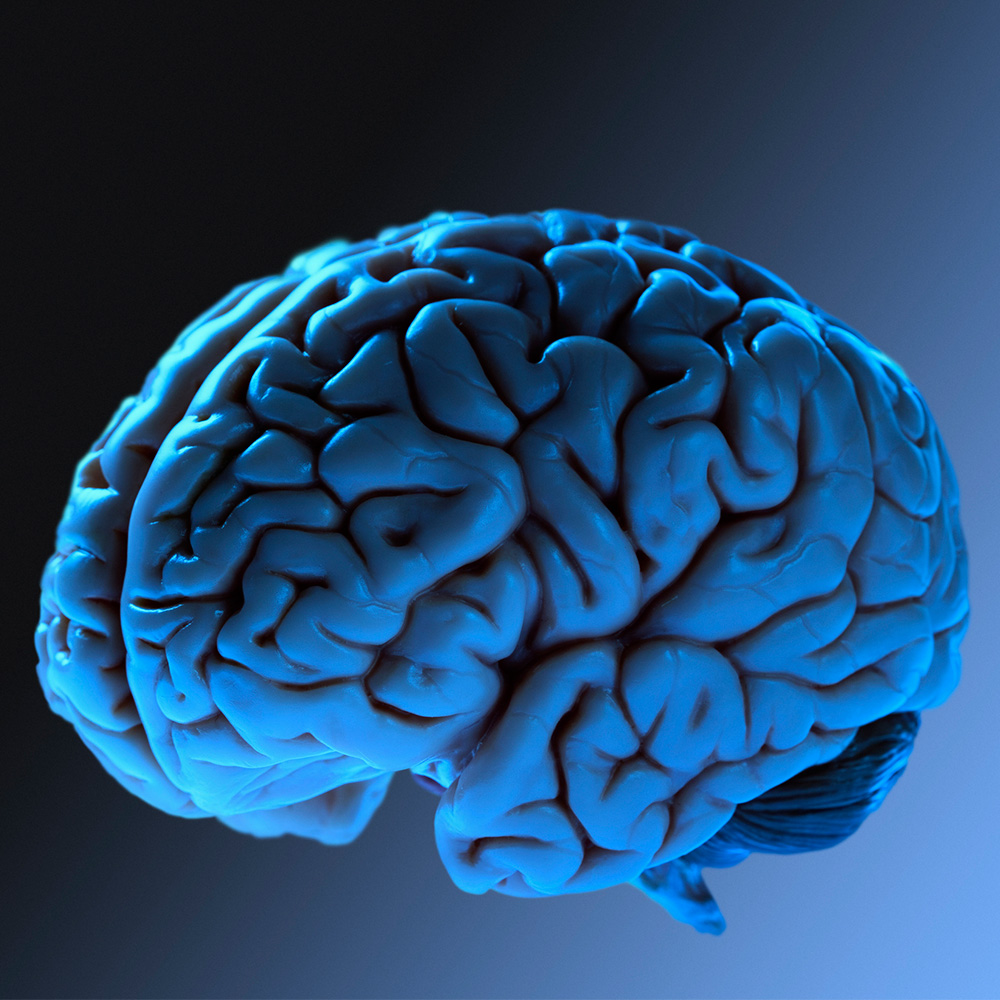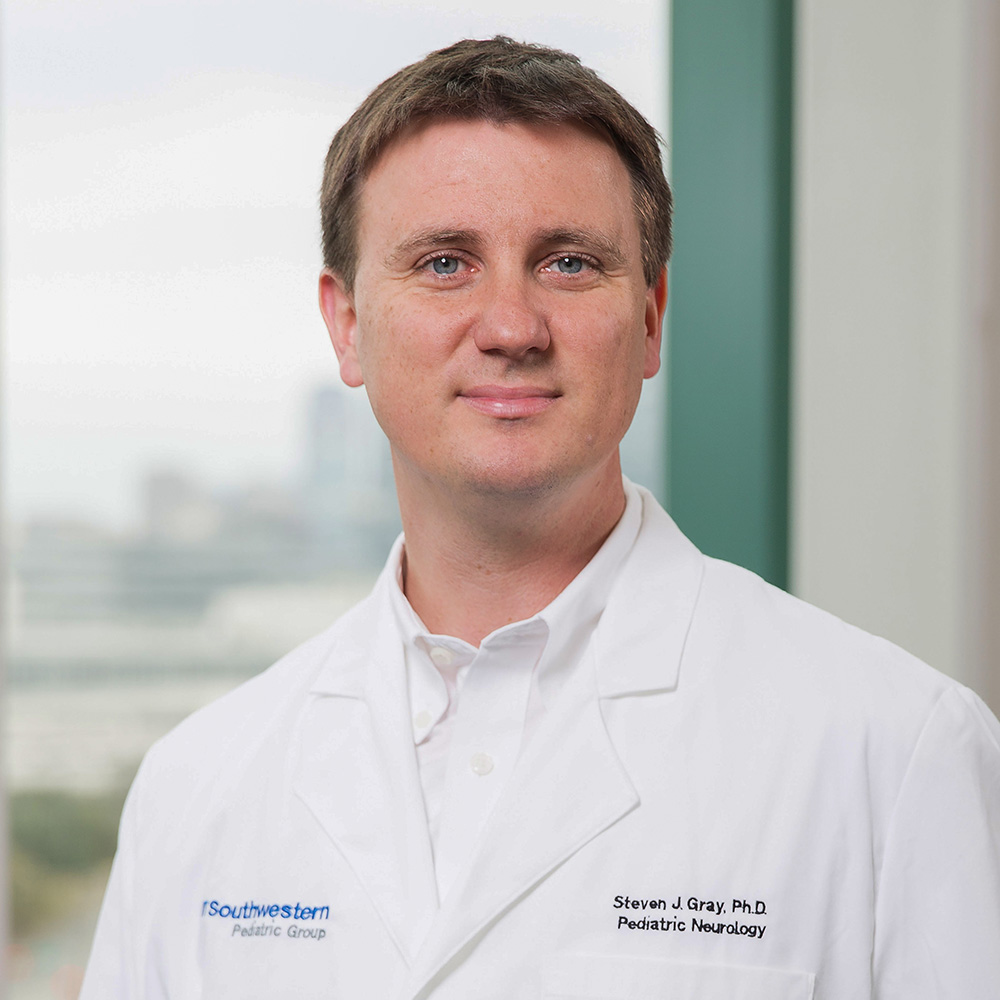Unraveling the complexities of dementia at April 28 lecture

By Gregg Shields
Neurodegenerative diseases such as Parkinson’s disease and Alzheimer’s disease affect millions of people worldwide. Alzheimer’s disease alone afflicts more than 5 million Americans and is the sixth leading cause of death in the United States, according to the Centers for Disease Control and Prevention.
Biomedical investigators have long tried to understand why certain brain regions are vulnerable to neurodegenerative diseases but not others. Dr. Marc Diamond believes he may have found the answer: understanding how the tau protein aggregates in brain cells.
“We now know that completely different problems in the brain are caused by the way a single protein, the tau protein, self-assembles into different shapes,” said Dr. Diamond.
Dr. Diamond will present “Building Blocks in Biology: A Simple Way to Understand the Complexities of Dementia” in the second President’s Lecture of 2016. The presentation will take place at 4 p.m. on Thursday, April 28, in the Tom and Lula Gooch Auditorium.
Dr. Diamond and his laboratory colleagues at the Center for Alzheimer's and Neurodegenerative Diseases have found that tau proteins fit together into distinct structures, or assemblies. This causes different diseases in mouse models, and correlates with prior findings his research team made in human neurodegenerative disorders such as Alzheimer’s disease.
Experts estimate that Alzheimer’s disease develops in a new person every 67 seconds, meaning there are more than 50 new cases every hour and nearly 1,300 new cases every day. As dire as those statistics are, they pale in comparison to future estimated rates as the U.S. population ages and people live longer.
Dr. Diamond said the tau proteins that contribute to neurodegenerative conditions like Alzheimer’s disease are like Lego blocks. Anyone playing with the toys can snap them together to make a tower, or form a stair-step pattern, or a helix by angling the blocks at each point.
“These tau proteins actually assemble on one another, and appear to be able to assemble in myriad configurations,” said Dr. Diamond, who was recruited to UT Southwestern Medical Center in 2014 from Washington University in St. Louis.
Scientists at the Center for Alzheimer’s and Neurodegenerative Diseases developed 18 different tau aggregates, or “strains,” because they behave just like viral or bacterial strains, replicating themselves perfectly, and always causing a predictable type of pathology.
“We found that when we take different strains and put them into an organism, the brain of that organism will reproduce the strain,” Dr. Diamond said. “And the patterns are so distinct, we can even use them to go back and make accurate predictions about what was put in in the first place. This discovery is transformational.”
It is hoped that identifying aggregates specific to diseases in blood or spinal fluid might lead to the recognition of incipient disease in patients before signs or symptoms manifest. In turn, this early warning could lead to preventive therapy, much as diabetes or high blood pressure are currently managed to prevent longer-term complications.
“What has been happening in the past few years has allowed us to set out some simple principles that, when applied, can actually explain some of these enormous mysteries, and point the way to real mechanism-based therapies,” said Dr. Diamond, a Professor of Neurology and Neurotherapeutics, and of Neuroscience.
These recent discoveries also have generated new clinical strategies for therapy and diagnosis, both from laboratories based at academic institutions and from the pharmaceutical industry. To that point, Dr. Diamond is co-inventor of the first anti-tau antibody therapy for dementia, which currently has advanced to testing in human trials.
A Princeton University graduate, Dr. Diamond earned his medical degree at the University of California, San Francisco School of Medicine before completing his internship, residency, and chief residency in neurology at UCSF. He then carried out a postdoctoral fellowship, working on polyglutamine diseases like spinobulbar muscular atrophy and Huntington’s disease. He joined the Department of Neurology faculty at UCSF in 2002 before moving to Washington University in 2009, where he was the David Clayson Professor of Neurology.
###
Dr. Diamond holds the Distinguished Chair in Basic Brain Injury and Repair.




